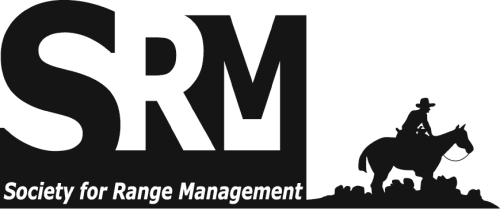Monitoring lentic systems is imperative to the Bureau of Land Management's (BLM) multiple-use mandate directing management of watersheds for activities that potentially impact lentic resources, such as livestock grazing, timber harvesting, mining, energy development, and recreation. Consequently, knowing the condition and trend of lentic systems is also critical to achieving the BLM mission to "sustain the health, diversity, and productivity of the public lands for the use and enjoyment of present and future generations." To more effectively evaluate resource condition across landscapes, and as a result of different management objectives that transcend traditional local boundaries, the BLM adopted a landscape approach and developed the Assessment, Inventory, and Monitoring (AIM) Strategy in 2011. The AIM Strategy is a national framework designed to facilitate integrated, cross-program resource monitoring at multiple spatial scales of management. Specifically through the AIM Strategy, the BLM seeks to integrate both local- and regional-scale monitoring activities to inform condition assessments by establishing core indicators, standardizing field methodologies, and developing electronic data capture and storage technologies. As a component of the AIM Strategy, the National Aquatic Monitoring Framework (NAMF) provides the rationale and framework for how the BLM can quantitatively monitor and assess the conditions of aquatic resources, including lentic areas. To address these needs, an interdisciplinary working group has been assembled to establish core indicators for lentic systems sampled under the AIM strategy. The selection of lentic indicators follows a process similar to that used to select and validate lotic aquatic core indicators, which includes internal and external peer review. Lentic core indicators address water quality, vegetative cover and composition, plant height, woody species density and age class, and pedestaling. Supplemental indicators, which can be collected in addition to core indicators to monitor use include stubble height and woody species use. A draft protocol has been assembled to provide information to evaluate condition and trend across spatial scales, and different transect layouts can accommodate both systematic random sampling and targeted use-based monitoring. The protocol will be tested in the summer of 2016 for feasibility of field use, and research will be needed to validate sample sufficiency and ability to detect change.

Oral presentation and poster titles, abstracts, and authors from the Society for Range Management (SRM) Annual Meetings and Tradeshows, from 2013 forward.